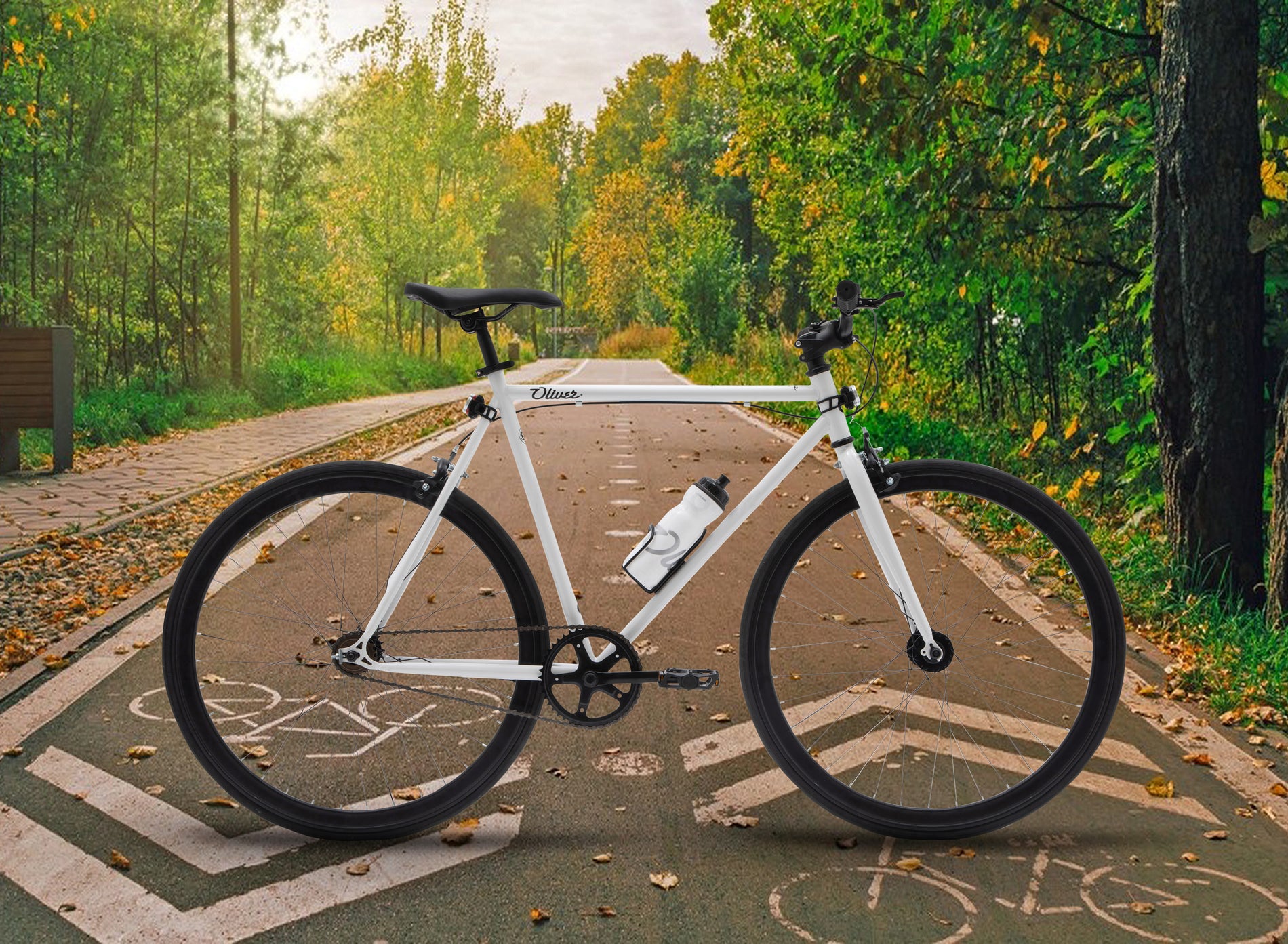Saddle Sores
It doesn’t matter how strong your legs are, how long you’ve experienced riding for, how often you train or how fit you are. If your backside begins to hurt during a ride, your overall performance and enjoyment will quickly deteriorate. You will be continuously adjusting yourself, trying to find a comfier position. And who can seriously concentrate while their bottom is in pain!?
Saddle sores/discomfort can happen to anyone at any time, but you best believe we want everyone to know ways we can avoid this and if it does happen, how we can tackle it so that it doesn’t scar us from wanting to ride again. The discomfort can easily ruin a ride, but developing psychical sores can mean you are off the bike for a significant amount of time.
As the name ‘Saddle Sore’ suggests, it is a pain or discomfort associated with the area of your body that is in contact with your saddle. The most common cause for them is through chafing caused by the areas rubbing against the bicycle seat during cycling, resulting in redness, irritation and sometimes physical sores. Sounds horrible? We know, which is why we’ve written down some ways you can prevent these.
Choosing a suitable saddle before you ride may be the most important tip when preventing these sores as with anything, if the position is not right taking part in the sport could be dangerous. Try adjusting this to a position that is most comfortable for you where you aren’t putting a lot of pressure on the saddle, as this can cause friction easier. Fine tuning your bike to make it perfect for you may seem tedious but will certainly help you have an overall more pleasurable ride. A bike fitter can help you make sure this is tailored to you. Alternatively invest in a high quality saddle with lots of cushioning and replace these when needed as they do eventually wear out and you won’t want to figure this out too late.
You should also invest in a high quality pair of shorts or cycling bibs. They may be on the more pricier side but this is for a reason, the better ones contain fabrics that soak up excess moisture and are designed to stay firmly in place, reducing rubbing or excess friction. You can also purchase these with extra padding. Similar to the saddle, these should be regularly checked and replaced if they wear as this could result in more chafing if they do not fit properly. Another idea is to not wear underwear at all as riding with underwear on introduces extra seams which can create chafing, while they also add an extra layer of heat and moisture for bacteria to thrive.
It’s also handy to get into the habit of after every ride making sure you have steps in place to ensure you recover safely. You should always make sure you have a shower and clean off any sweat lingering.
Now if you do end up receiving a saddle sore, there’s no need to worry and pack up your bike for good. Most sores usually go away on their own within a few days (a week at the most). If it does not improve after a few days, or if the sore starts to become extremely painful we do recommend contacting a doctor to be on the safe side.
The healing process can also be sped up by applying an over-the-counter acne cream with benzoyl peroxide or salicylic acid, and soaking the area with a warm compress to south the pain. It’s also best to temporarily pause riding and exercise as you want to keep the area sweat-free and clean.
We hope reading this will help someone to prevent one of these sores.
Thank you for reading.
Team Oliver


